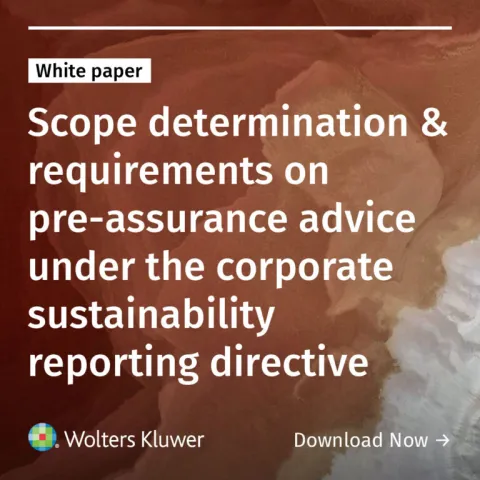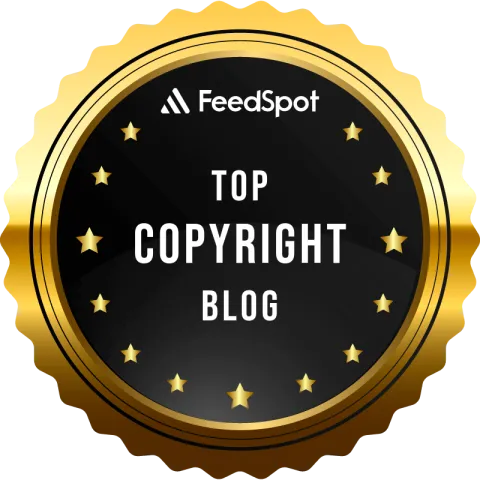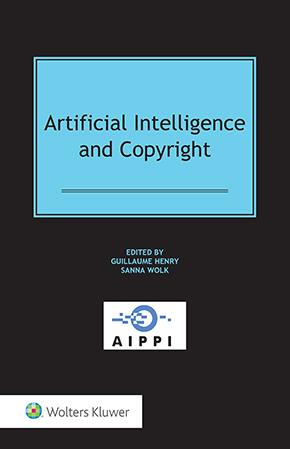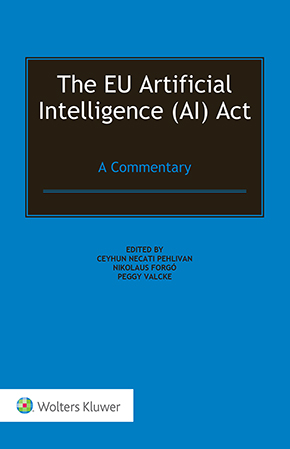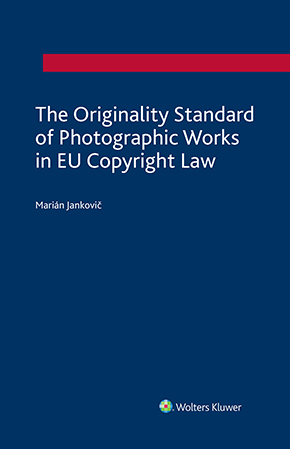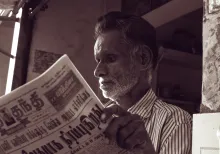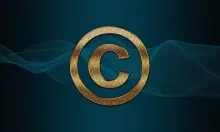Top 3 posts of the summer from our IP law blogs
November 5, 2025
To ensure you don’t miss out on interesting IP law developments reported on our other blogs, we regularly provide an overview of the most-read posts from each of our IP law blogs. With autumn now firmly established, here are the most popular posts from over the summer months.

Top 3 Kluwer Copyright Blog posts
1) Deepfake Bills in Denmark and the Netherlands: Right idea, wrong legal framework by P. Bernt Hugenholtz
“Deepfakes are flooding the internet. Thanks to generative AI, politicians say things on camera they never said, celebrities star in porn clips they never dreamt about, and the Pope dons a puffer jacket he never wore.
Legislators everywhere are now responding.”
2) A bittersweet symphony for the Belgian National Orchestra: CJEU applies EU copyright contract law to musicians appointed under statutory law - Part 1 by Jozefien Vanherpe
“Member States may not require performing musicians to transfer their neighbouring rights without their consent through an administrative order. On 6 March 2025, the Court of Justice of the European Union (CJEU) held that the Belgian Royal Decree that effected such a compulsory assignment for the statutorily appointed musicians of the Belgian National Orchestra runs counter to European Union (EU) copyright law.”
3) AG Szpunar’s opinion in Mio/konektra: A welcome clarification of the CJEU’s case law on works of applied art by Estelle Derclaye
“On 8 May, coinciding with the 80th anniversary of the end of WWII, Advocate General Szpunar delivered his long-awaited opinion in joined cases Mio/konektra (C-580/23 and C-795/23). The two cases were referred by the Svea Court of Appeal, Patent and Commercial Court of Appeal in Stockholm and the German Federal Court of Justice in cases concerning furniture (respectively a table and a modular shelving system). The questions referred to the CJEU concerned the protectability of works of applied art by copyright (the concept of work and originality) and the concept of infringement (articles 2, 3 and 4 of the Information Society Directive).."

Top 3 Kluwer Trademark Blog posts
1) EU: increasing liability of online marketplaces for trademark infringement by Agnieszka Sztoldman
“In today’s e-commerce-driven world, the liability of online marketplace like Amazon or eBay for trademark infringement is and remains a hot legal topic. The issue has become increasingly complex as platforms have evolved from mere intermediaries to integrated sellers and service providers.”
2) The perils of prefix proximity by Julius Stobbs
“In the long-running dispute between Combe International LLC, owner of the well-known feminine hygiene brand VAGISIL, and German pharmaceutical company Dr. August Wolff GmbH, proprietor of the VAGISAN mark, the latest judgment from the EU General Court (April 2025) has brought fresh insight into the EUIPO's handling of likelihood of confusion, and offers some insight into the small divergences between EU and UK trade mark law post-Brexit.”
3) Why Brand Owners Can No Longer Afford to Ignore Web3 Domains — And What They Can Do About It by Jeanette Eriksson
“Web3 domains have long been seen as a fringe issue - complex, decentralized, and outside the scope of most brand protection strategies. Many trademark professionals and brand owners have understandably taken a wait-and-see approach, especially if their clients or organizations have no immediate plans to launch Web3 products or services or if they flat-out can’t be bothered with it.
But that approach is quickly becoming untenable. The Web3 domain space presents a growing risk for brand owners and differs fundamentally from traditional (Web2) domain environments. Reactive enforcement methods are largely ineffective in this space. Blocking is emerging as a viable brand protection option in Web3 for those seeking a practical, proactive solution."

Top 3 Kluwer Patent Blog posts
1) Short and sweet: G 1/24 by Adam Lacy and Thorsten Bausch
“G 1/24 has now been issued, and concludes “The description and any drawings are always referred to when interpreting the claims, and not just in the case of unclarity or ambiguity.” With this simple proclamation, the Enlarged Board of Appeal (EBA) provides clear guidance on the fundamental issue of claim interpretation which has caused much controversy at the EPO in recent years. As such, G 1/24 looks set to be one of the most consequential EPO decisions of the decade. It will probably also be one of the shortest at just 12 pages!”
2) G 1/25: the long-awaited referral on adaptation of the description by Adam Lacy and Thorsten Bausch
“As discussed at length here, in T 56/21 3.3.04 came close to referring this issue to the Enlarged Board before getting cold feet. 3.3.02 have now taken up the gauntlet in T 697/22 and referred the following questions:
1. If the claims of a European patent are amended during opposition proceedings or opposition-appeal proceedings, and the amendment introduces an inconsistency between the amended claims and the description of the patent, is it necessary, to comply with the requirements of the EPC, to adapt the description to the amended claims so as to remove the inconsistency?
2. If the first question is answered in the affirmative, which requirement(s) of the EPC necessitate(s) such an adaptation?
3. Would the answer to questions 1 and 2 be different if the claims of a European patent application are amended during examination proceedings or examination-appeal proceedings, and the amendment introduces an inconsistency between the amended claims and the description of the patent application?”
3) Inventive step at the UPC – much ado about nothing (new)? by Prof. Dr. Aloys Hüttermann
“One of the most highly debated issues at the UPC before its commencement was the question, how the UPC would deal with validity of patents – would it essentially take over the EPO’s course? Or would it deviate from that?
From the first judgments, many commentators drew the conclusion that at least when it comes to inventive step, the UPC would take a different approach than the EPO.
However, there seems to be disagreement about exactly what this different approach looks like. Some commentators believe that the UPC is taking the German approach, while others have left this open. This does not really help in practice when faced with the task of assessing whether the patent in question is sufficiently legally valid or whether it will be declared invalid due to inventive step in the event of a possible patent infringement.”
Read further posts on the Kluwer Copyright Blog here, the Kluwer Trademark Blog here and the Kluwer Patent blog here.
Photo by Johannes Plenio on Unsplash
You may also like





